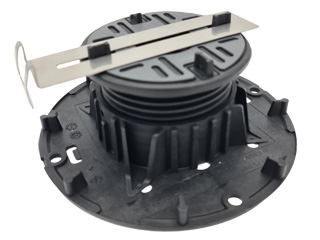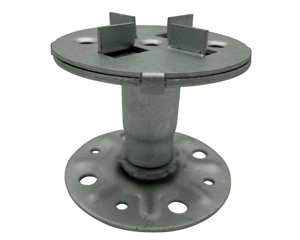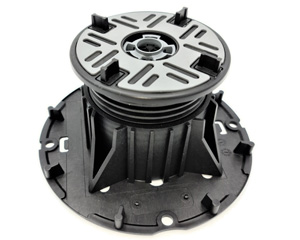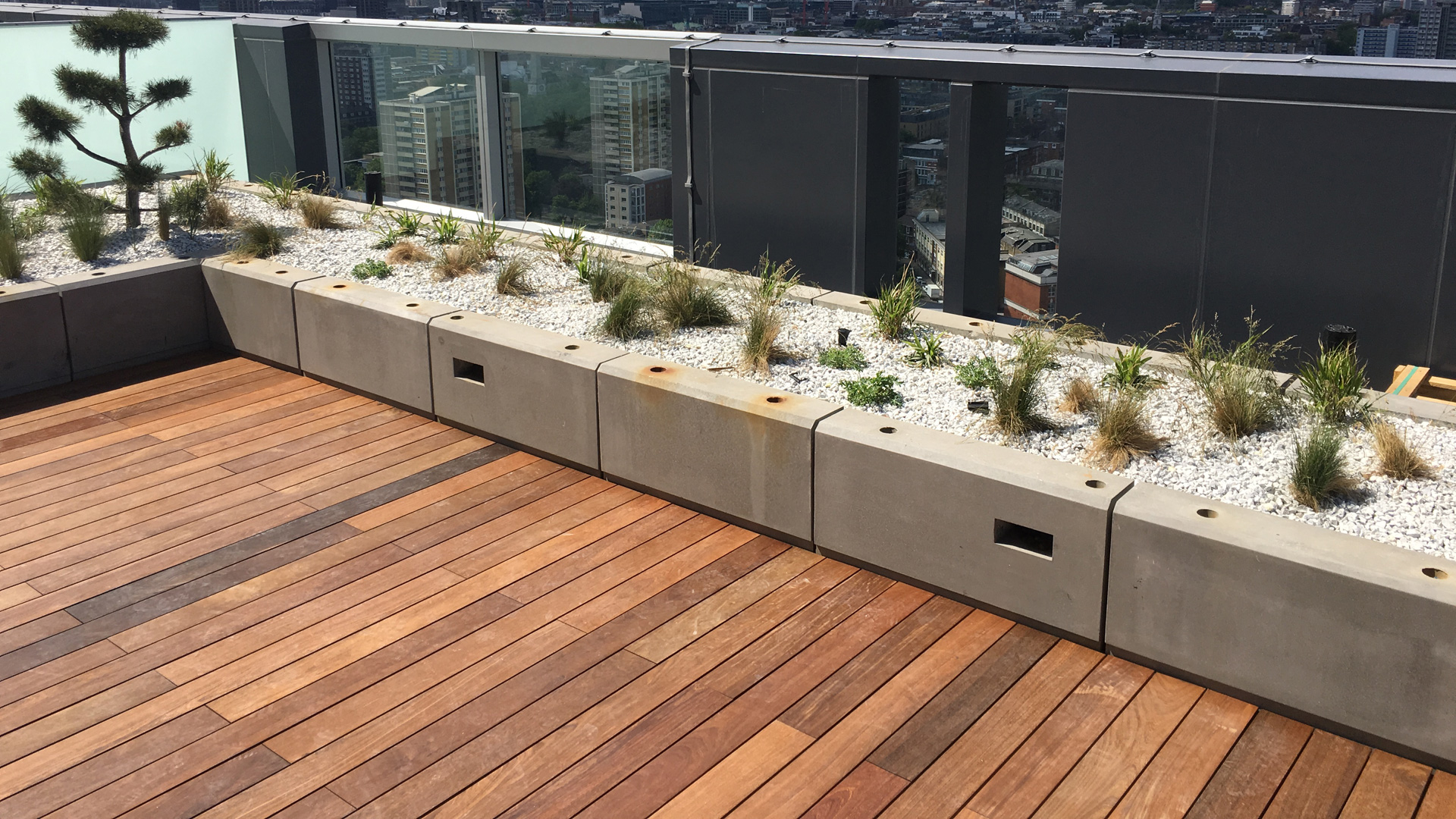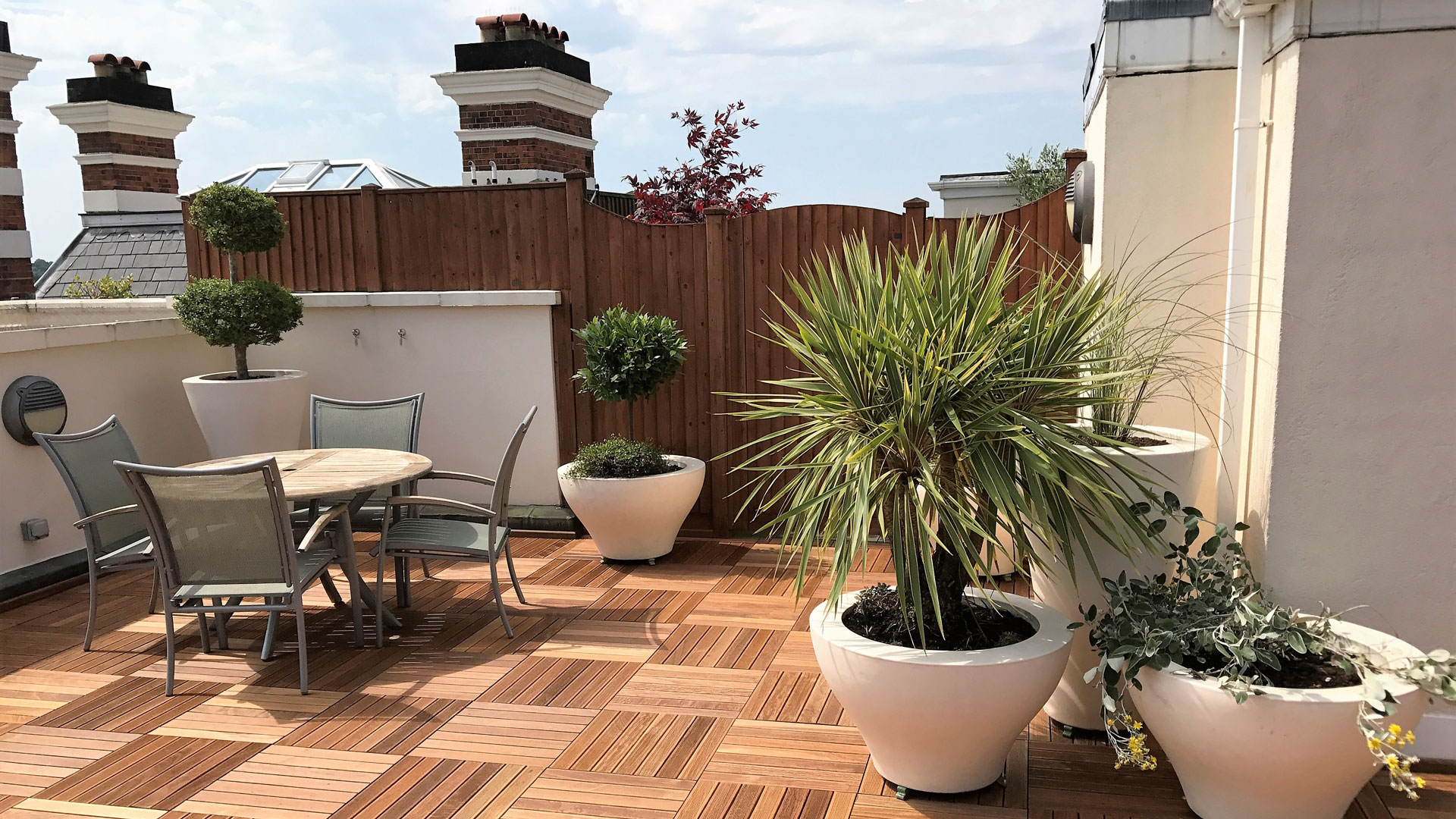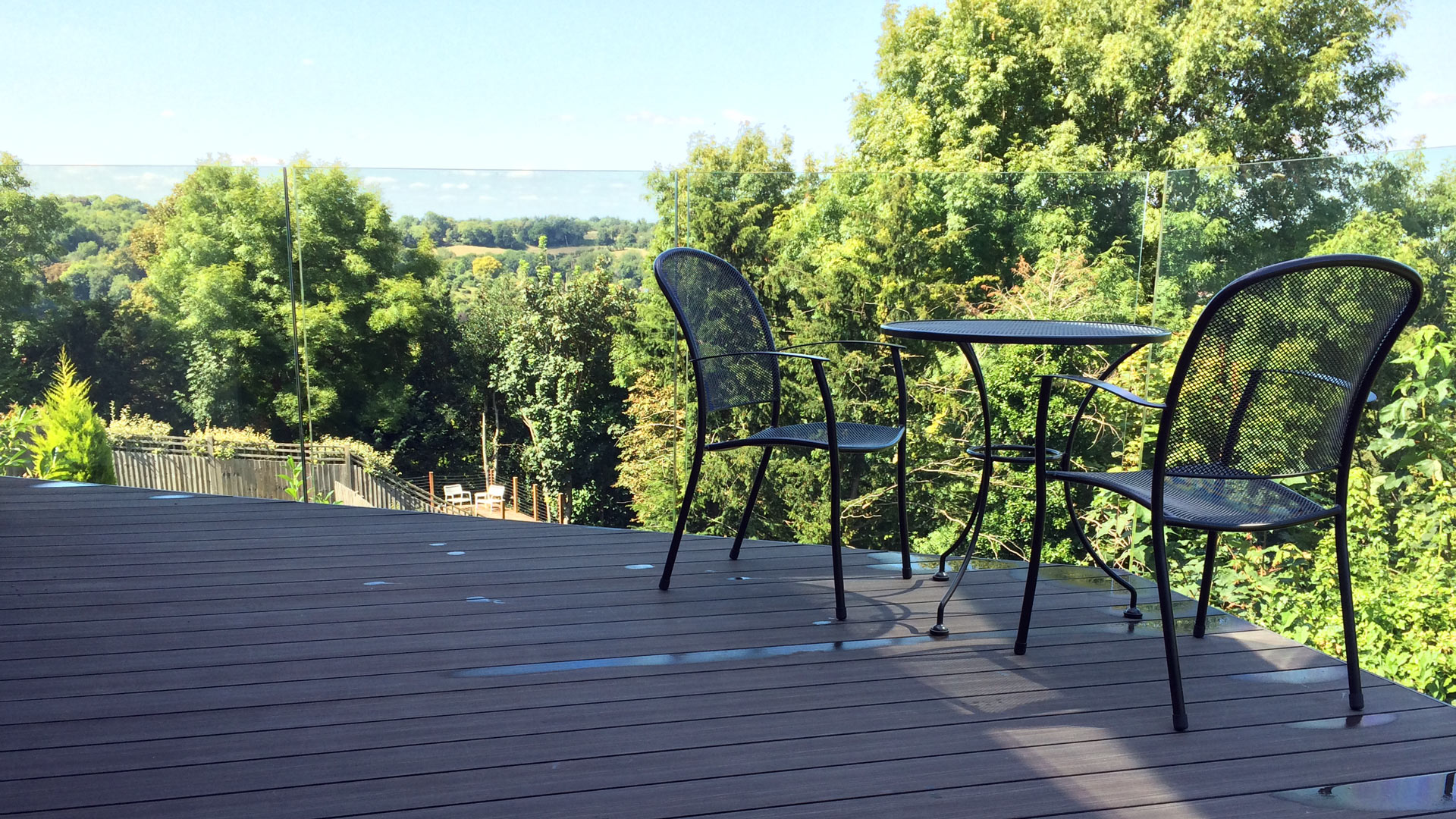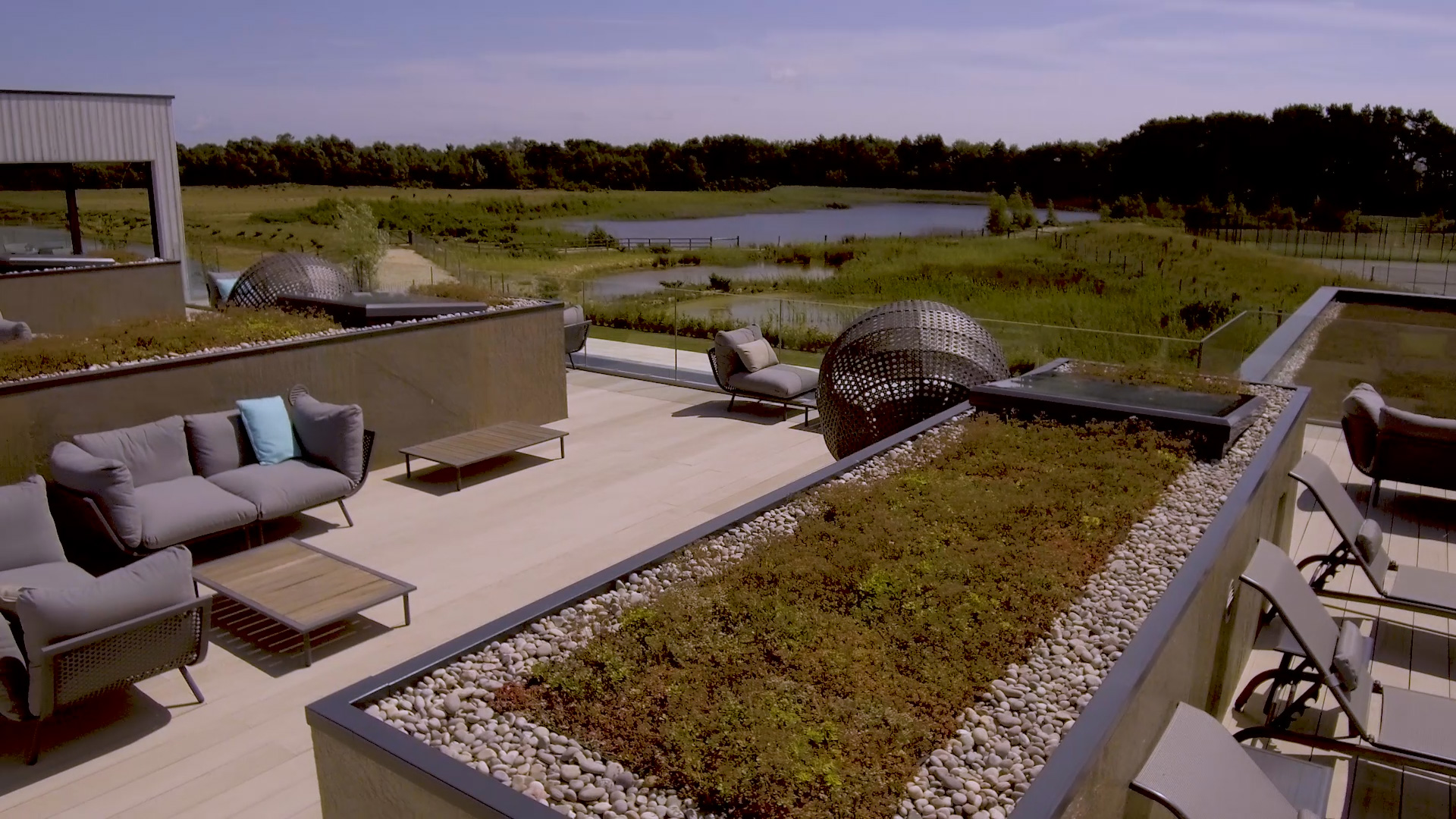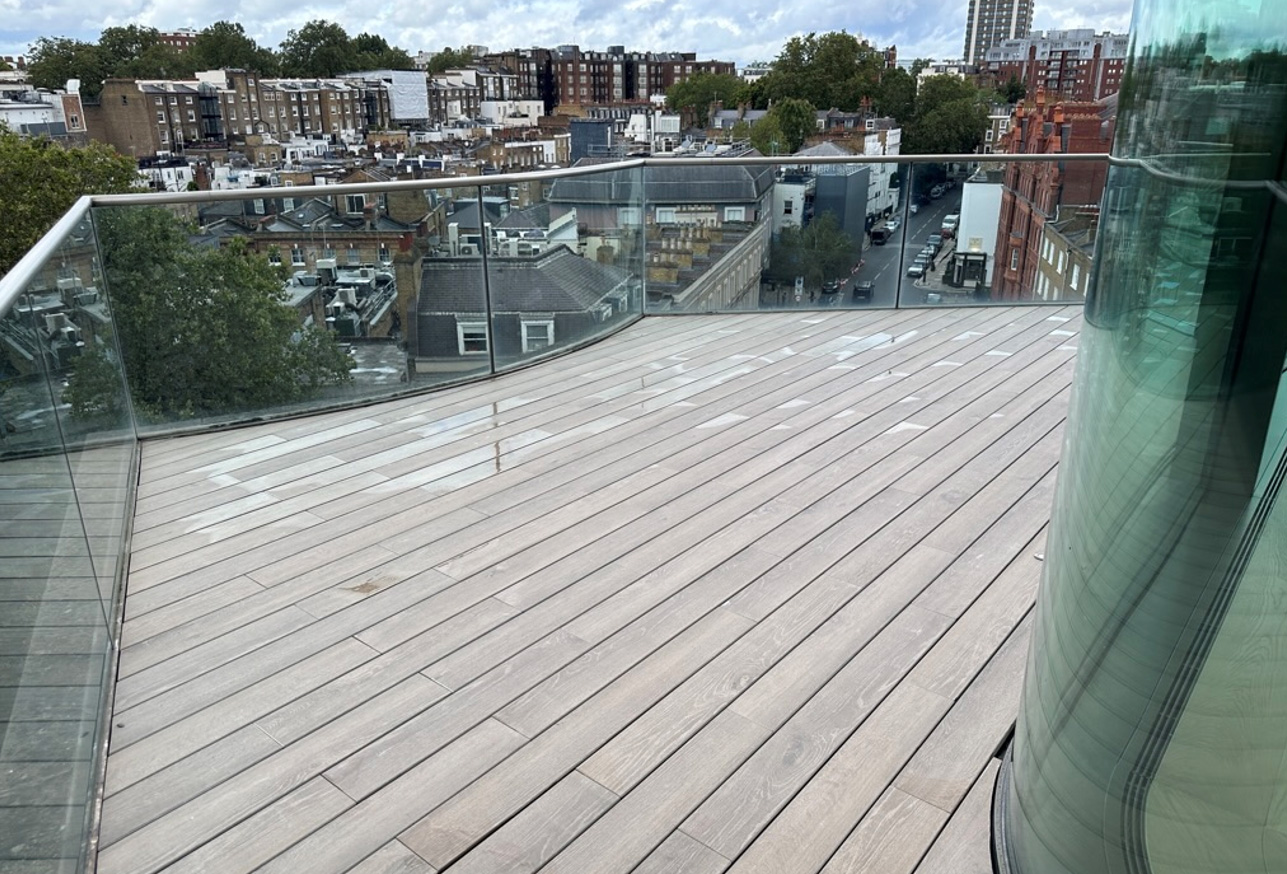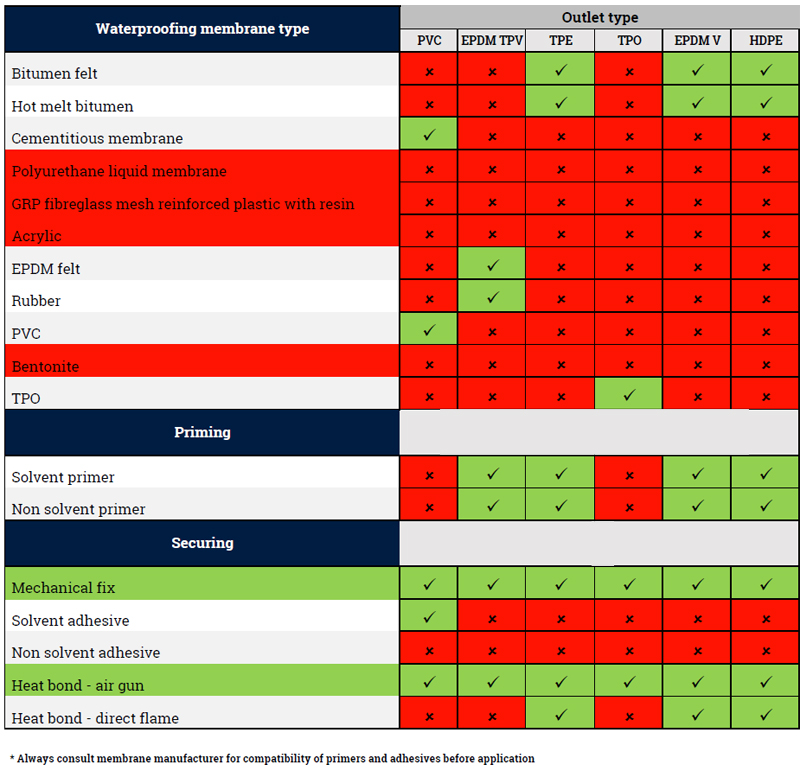When planning outdoor home enhancements, traditional timber decking is often the go-to option. However, have you considered the sleek, modern alternative – rectified paving tiles? These precision-cut tiles are engineered to deliver a flawless finish and offer a wealth of benefits for homeowners seeking a contemporary outdoor look. In this guide, we’ll explore what rectified tiles are, their many advantages, how to install them, and how to keep them looking their best.
What Are Rectified Tiles?
Rectified tiles, also known as dimensionally accurate tiles, are ceramic or porcelain tiles that have been mechanically cut after firing to ensure each tile is perfectly square with sharp, uniform edges. Unlike standard tiles, which may have slight size variations due to the firing process, rectified tiles are trimmed using specialist tools to ensure they’re all the same size. This process allows for minimal grout lines and a clean, modern finish.
How Rectified Tiles Are Manufactured
The production process for rectified tiles begins in the same way as for traditional tiles – by shaping raw materials into moulds and firing them in a kiln. However, once cooled, rectified tiles undergo an additional stage: they are precisely trimmed using diamond-tipped saws or laser technology. This ensures that every tile matches its counterparts exactly in size and shape, which is crucial for achieving that seamless finish.
The Main Benefits of Rectified Tiles
Rectified tiles are increasingly used in modern landscaping projects, and it’s easy to see why. Their engineered quality offers both visual and practical advantages:
1. Seamless Visual Appeal
Thanks to their precisely cut edges, rectified tiles can be laid with extremely narrow grout joints – as small as 1.5mm – creating a near-continuous surface with minimal interruption. This is ideal for homeowners looking for a refined and high-end aesthetic.
2. Compatible with a Variety of Surfaces
One of the standout features of rectified tiles is their ability to be laid over existing surfaces. Whether you’re looking to refresh a weathered patio, upgrade a balcony, or cover compacted gravel or concrete, rectified tiles offer a convenient and stylish option.
3. Flexible Design Possibilities
With rectified tiles, you have the flexibility to mix colours, finishes, or sizes to produce striking visual effects or demarcate different zones within your garden or terrace. This opens up a wide range of creative opportunities.
4. Simple to Reconfigure
Fancy a design refresh in the future? Because of the modular nature of rectified tiles, it’s easy to lift and rearrange them to suit evolving tastes or functional needs.
5. Low Maintenance
These tiles are easy to clean and require minimal upkeep. Their smooth finish resists staining, and the narrow grout joints help reduce the risk of weed growth and grime build-up.
Step-by-Step Guide to Laying Rectified Tiles
To achieve a professional result, rectified tiles should be installed with care and attention to detail. A level and stable surface is essential for a consistent finish.
Step 1: Surface Preparation
Ensure the existing base is flat, clean, and structurally sound. Remove loose debris, and repair any cracks or dips. Waterproofing the surface can provide additional protection, especially in exposed areas.
Step 2: Plan Your Layout
Before fixing the tiles in place, plan the layout carefully. Consider how you want the pattern to flow, and pre-arrange the tiles to check for visual balance and the need for any cuts.
Step 3: Laying the Tiles
Use tile spacers to maintain a consistent grout joint of around 1.5mm. This narrow spacing showcases the precision of the tiles and contributes to the seamless appearance. Although they can be easier to work with due to their uniformity, rectified tiles still demand accuracy during installation.
How to Care for Rectified Tiles
Keeping your rectified tiles in pristine condition is straightforward:
-
Routine Cleaning: Use a pH-neutral cleaner and a soft broom or mop to remove dirt and debris.
-
Grout Maintenance: With smaller grout joints, cleaning is quicker, but occasional attention to the lines helps maintain the overall look.
-
Seasonal Checks: Especially in outdoor settings, it’s wise to check for moss or algae buildup in shaded or damp areas.
Are Rectified Tiles Right for Your Project?
If you’re aiming for a contemporary, low-maintenance, and durable solution for your outdoor areas, rectified tiles are an excellent alternative to traditional paving or decking. Their clean lines, consistent sizing, and stylish appearance make them a superb option for patios, terraces, balconies, and garden paths.
As well as improving kerb appeal, rectified tiles offer a long-lasting finish that withstands British weather and retains its good looks for years to come. Whether you want a sleek monochrome look or a mix of tones to define spaces, rectified tiles give you the creative freedom to design something truly unique.
Speak to the Experts
Interested in learning more about rectified tiles or exploring our full range? We’re here to guide you. Contact our team today to find out how rectified paving tiles can transform your outdoor living space into something truly special.


